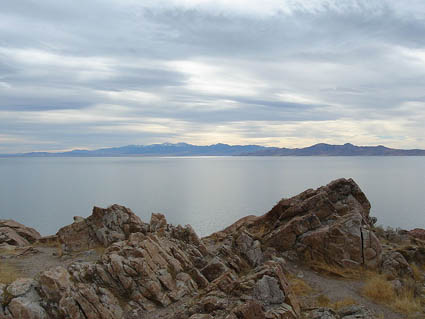Everything is not as it seems… Take for example, the exalted portrait of William Shakespeare and it’s uncanny resemblance to a portrait of Queen Elizabeth. Thank you Lawrence Gerald.
“The Prank of the Face: Unmasking the ‘Droeshout’ Portrait of William Shakespeare”
by Simon Miles
SirBacon.org
 In 1977, art historian and pioneer computer artist Lillian Schwartz made a remarkable observation with potentially far-reaching implications for the Shakespeare authorship debate.
In 1977, art historian and pioneer computer artist Lillian Schwartz made a remarkable observation with potentially far-reaching implications for the Shakespeare authorship debate.
She took a copy of the famous “Droeshout” portrait of William Shakespeare which appears in the First Folio of 1623, and scanned it into her computer. Then she did the same with a portrait of Queen Elizabeth 1. She overlaid the two images one on top of the other, scaling them to the same size. Then, adjusting their relative transparency so that they could be readily compared, she noticed something very strange: there were certain portions of the Shakespeare portrait which exactly reproduced the features of Elizabeth.
It was not a question of an approximate copy, or a close facsimile, or a loose likeness. There was an exact reproduction of the key sections.

Her discovery, extraordinary as it appears to be, seems to have attracted almost no commentary in the intervening years. It”™s perhaps not hard to see why. There does not seem to be any obvious reason why a portrait of Shakespeare should share elements of a portrait of Elizabeth. I must admit that when I first heard of this discovery, my initial reaction was to dismiss it out of hand as too ridiculous to contemplate. The internet is awash with foolish claims of identity between different people based on dubious photo-shop manipulations, wishful thinking and outright stupidity. This claim, I thought when I first heard about it, no doubt fell directly into such a category. That, however, was before I looked at the superimposed images for myself.
In this short article, I would like to revisit Lillian Schwartz”™ original discovery, with an open mind. I will present the images, and allow the reader to make up her own mind. Then, once we have seen for ourselves the extent to which the two portraits share common elements, we will explore some possible implications of this challenging discovery. Read more.

 Nevada’s upcoming 150th birthday and National Newspaper Week make for a good opportunity to remind residents of one of this state’s seldom-celebrated contributions to journalism:
Nevada’s upcoming 150th birthday and National Newspaper Week make for a good opportunity to remind residents of one of this state’s seldom-celebrated contributions to journalism: